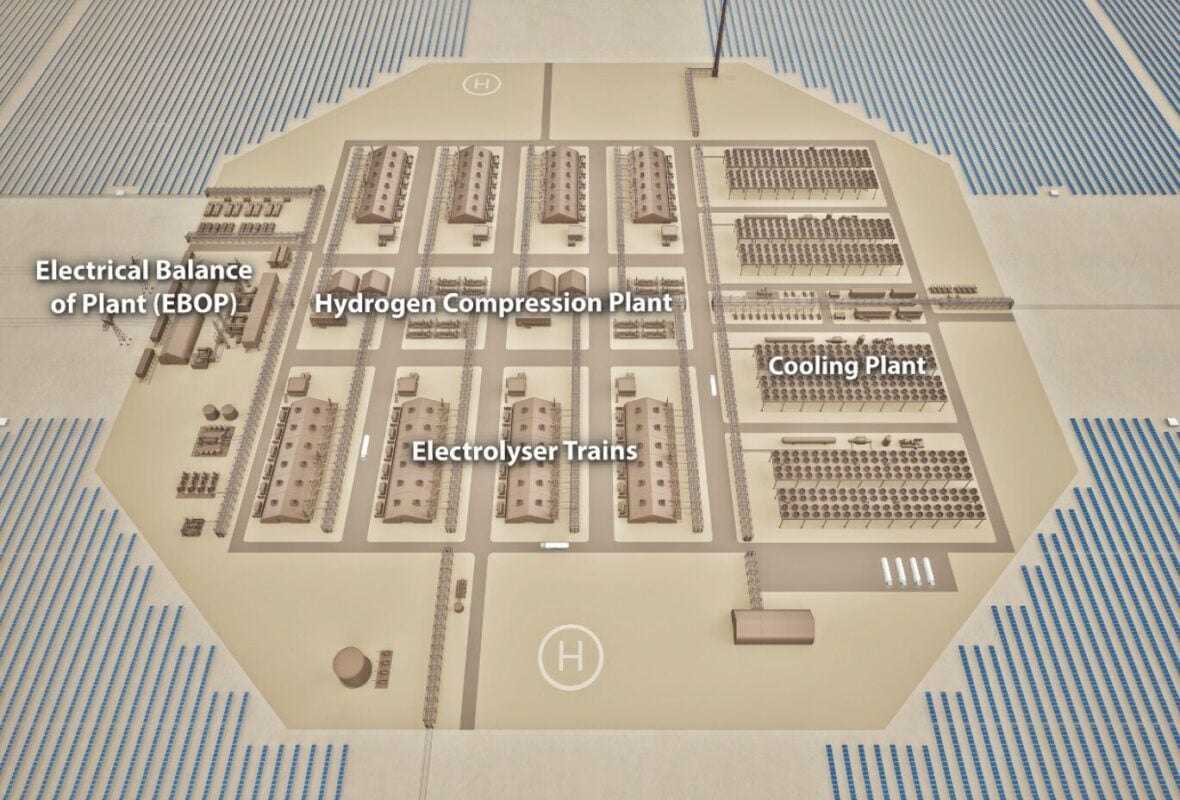Australia's P2(H2)Node Innovation Revolutionizes Green Hydrogen Production
Key Ideas
- The P2(H2)Node system, developed in Australia, aims to revolutionize the green hydrogen industry by standardizing architecture and reducing production costs through co-location with renewable energy sources.
- InterContinental Energy's CEO, Alexander Tancock, hails the technology as a breakthrough for global green hydrogen production, emphasizing the cost competitiveness at scale and the elimination of transmission losses.
- The system will be used in the Western Green Energy Hub project, a 70GW solar PV and wind venture in Australia, designed to produce over 200TWh of energy per year and play a crucial role in international energy trading.
- The hub's phased construction will target the production of 3.5 million tonnes of green hydrogen annually, aiding in the economic growth of Australia's green metals and e-fuels sector.
The P2(H2)Node system, a patented innovation designed in Australia over four years, aims to support the development of large-scale green hydrogen production projects globally. This system, by InterContinental Energy, seeks to streamline the green hydrogen industry by standardizing architecture, reducing production costs, and eliminating the need for expensive electricity transmission. Co-locating giga-scale green hydrogen production facilities with renewable energy sources like solar PV and wind helps decrease transportation costs and overall green hydrogen costs. The company claims substantial cost reductions and efficiency improvements through standardization, modularity, and design optimization. CEO Alexander Tancock praises the technology's breakthrough, emphasizing its global significance and cost competitiveness at scale. The P2(H2)Node system will be integrated into the Western Green Energy Hub, a massive 70GW solar PV and wind project in Australia. This venture aims to produce over 200TWh of energy annually and facilitate energy trading with international partners. The hub's phased construction will target the production of 3.5 million tonnes of green hydrogen per year, further solidifying Australia's position as a leader in e-fuels and green metals.
Topics
Oceania
Renewable Energy
Technology
Innovation
Sustainability
Project Development
Economy
Energy Trading
Green Metals
Latest News
